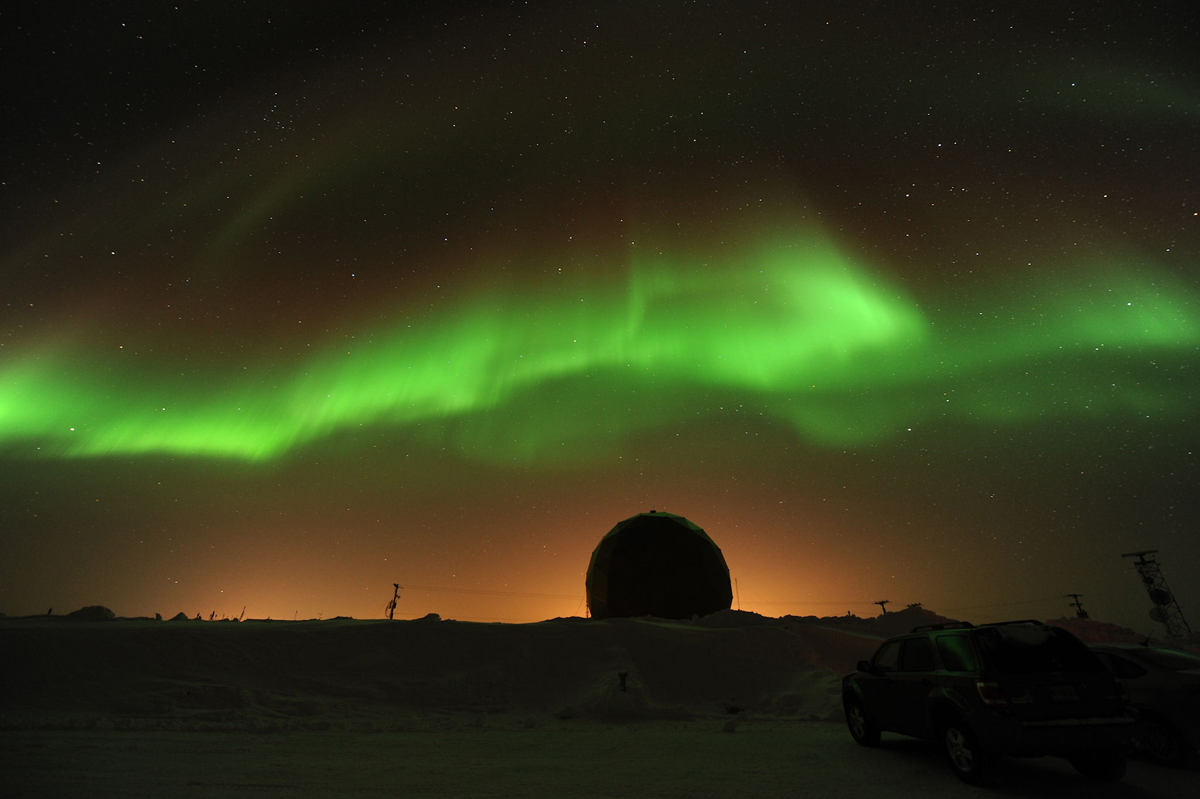Skywatching Events for March 2011

Here's a look at the most promising skywatching events in March 2011:
Moon Phases
Fri., March 4
New Moon, 3:46 p.m. EST
The Moon is not visible on the date of New Moon because it is too close to the Sun, but can be seen low in the southeast as a narrow crescent a morning or two before, just before sunrise. It is visible in the low westsouthwest an evening or two after New Moon.
Sat., March 12
First Quarter Moon, 6:45 p.m. EST
Breaking space news, the latest updates on rocket launches, skywatching events and more!
The First Quarter Moon rises around 11 a.m., and sets around 2 a.m.
Sat., March 19
Full Moon, 2:10 p.m. EDT
The Full Moon of March is usually known as the Lenten Moon. In Algonquian it is called Worm Moon. Other names are Crow Moon, Crust Moon, Sugar Moon, Sap Moon, Chaste Moon, and Death Moon. In Hindi it is known as Basanta Purnima or Dol Purnima. Its Sinhala (Buddhist) name is Medin Poya. The Full Moon rises around sunset and sets around sunrise, the only night in the month when the Moon is in the sky all night long. The rest of the month, the Moon spends at least some time in the daytime sky.
Sat., March 26
Last Quarter Moon, 8:07 a.m. EDT
The Last or Third Quarter Moon rises around 3 a.m. and sets around noon. It is most easily seen just after sunrise in the southern sky.
Observing Highlights
Thu., March 10, early evening
Moon close to the Pleiades
The First Quarter Moon passes just south of the brightest star cluster in the sky, the Pleiades (Messier 45) in Taurus.
Fri., March 11, all night
Juno at opposition
The tiny asteroid Juno will be well placed for observation this week as it nears opposition. At 9th magnitude, you will need binoculars or a small telescope to spot it in southern Leo.
Tue., March 15, evening twilight
Mercury and Jupiter
The planets Mercury and Jupiter are less than 2 degrees apart in evening twilight.
Mon., March 21–Mon., April 4
Zodiacal Light
Visible in the west after evening twilight, the faint glow of interplanetary dust particles.
Tue., March 22, evening twilight
Mercury at greatest elongation east
This week is the best time for observers in the Northern Hemisphere to observe Mercury in 2011.
Sun., March 27, morning twilight
Neptune and Venus
Watch as brilliant Venus first rises in the east. Look with binoculars or a telescope half a degree above and to the right of Venus to spot tiny Neptune.
Planets
Mercury is well placed for northern observers for the last two weeks of March. Look for it close to Jupiter in evening twilight.
Venus is a brilliant “morning star” low in the southeast all month.
Mars is too close to the Sun to be observed. It was in conjunction with the Sun on February 4.
Jupiter is low in the western sky in the early evening, but vanishes behind the Sun towards the end of the month.
Saturn rises in the early evening and is visible the rest of the night in Virgo. Its rings have returned to their usual glory after being on edge for the last two years
Uranus is in Pisces all month. It is too close to the Sun to be observed.
Neptune reappears in the dawn sky towards the end of the month, but is very difficult to spot even in a telescope.

Geoff Gaherty was Space.com's Night Sky columnist and in partnership with Starry Night software and a dedicated amateur astronomer who sought to share the wonders of the night sky with the world. Based in Canada, Geoff studied mathematics and physics at McGill University and earned a Ph.D. in anthropology from the University of Toronto, all while pursuing a passion for the night sky and serving as an astronomy communicator. He credited a partial solar eclipse observed in 1946 (at age 5) and his 1957 sighting of the Comet Arend-Roland as a teenager for sparking his interest in amateur astronomy. In 2008, Geoff won the Chant Medal from the Royal Astronomical Society of Canada, an award given to a Canadian amateur astronomer in recognition of their lifetime achievements. Sadly, Geoff passed away July 7, 2016 due to complications from a kidney transplant, but his legacy continues at Starry Night.
